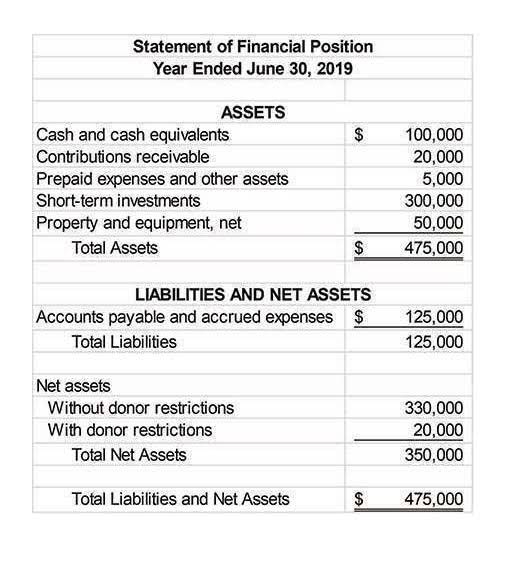¡Tu carrito en este momento está vacío!
What are the accounting principles, assumptions, and concepts?

These assets are usually expensive and can significantly impact a company’s financial position. The principle also applies in cases where companies purchase inventory, as it allows them to record the cost of goods sold accurately. When it comes to accounting principles, the cost principle is not the only one out there. In fact, there are several different principles that businesses retained earnings balance sheet can choose to follow, each with its own advantages and disadvantages. One of the most common alternative principles is the fair value principle, which requires businesses to value their assets and liabilities based on their current market value rather than their original cost.
- The basic accounting principle is that all the cost principle accounting information needs to be based on a cash or cash-equivalent principle.
- These principles also make it easier to understand a business’s health and compare one or several companies’ financials over different periods.
- While this can help to provide a more accurate picture of a company’s profitability in a given period, it can also make it more difficult to track the true cost of individual transactions and assets.
- By recording assets at their original cost, the principle provides a clear audit trail and facilitates the traceability of transactions.
Historical Cost and Financial Statements

If it has risen in value, then no changes are made to the historical cost. This is an example of how cost principle can be detrimental in terms of asset appreciation. It is also an example of how it is advantageous when it comes to depreciation. There are some other accounting methods that can be compared to the cost principle. The two below are the best for comparison, and highlight where the cost principle can fall short.

Accounting for Extraordinary Items: Criteria, Impacts, and Standards
As a result, the tax base of an investment may differ from its book value, which can impact the calculation of taxable income. Using the historical cost principle makes analyzing and comparing financial statements across different periods and companies easier, which can help businesses make better-informed financial decisions. This article will delve into the concept and importance of the historical cost principle in businesses. We will explore the advantages and disadvantages of using this principle, its exceptions, and the alternatives available. We will also examine its significance in financial reporting, taxation, and government accounting. The CFA syllabus is heavily skewed towards investment & cost principle accounting financial reporting, but FR does overlap with cost accounting concepts.

Asset Impairment vs. Historical Cost

The Accountant records QuickBooks ProAdvisor events affecting the wealth of a particular entity. Since an accounting entity is an artificial creation, it is essential to know to whom its resources belong or what purpose they serve. It is also important to know what kind of resources it controls, e.g., cash, buildings or land. That is, financial accounting measurements are primarily based on exchange prices at which economic resources and obligations are exchanged. Thus, the amounts at which assets are listed in the accounts of a firm do not indicate what the assets could be sold for. Cost accounting emerged during the Industrial Revolution as businesses needed better ways to track manufacturing costs and improve efficiency.
Technological advancements or changes in market demand may render certain assets obsolete or impaired. However, under the Cost Principle, these assets are still recorded at their original cost and may not reflect their diminished value or usability. Here, only variable costs are considered as production costs, while fixed costs are treated as period costs that must be covered by the overall contribution margin. This provides clarity about how costs behave at different levels of production. Marginal costing considers the change in costs that result from producing one additional unit.

When a company purchases a building or equipment, the cost is recorded on the balance sheet at its original cost, the price paid, plus any costs incurred to bring the asset into service. The historical cost principle does not consider changes in the market value of assets and liabilities. This can result in financial statements that do not reflect the actual economic value of a company’s assets and liabilities. Like antique collectors, businesses rely on historical costs to value their assets and liabilities. The historical cost principle is a fundamental accounting concept that determines the initial valuation of assets and liabilities at their original price.
por
Etiquetas:
Deja un comentario